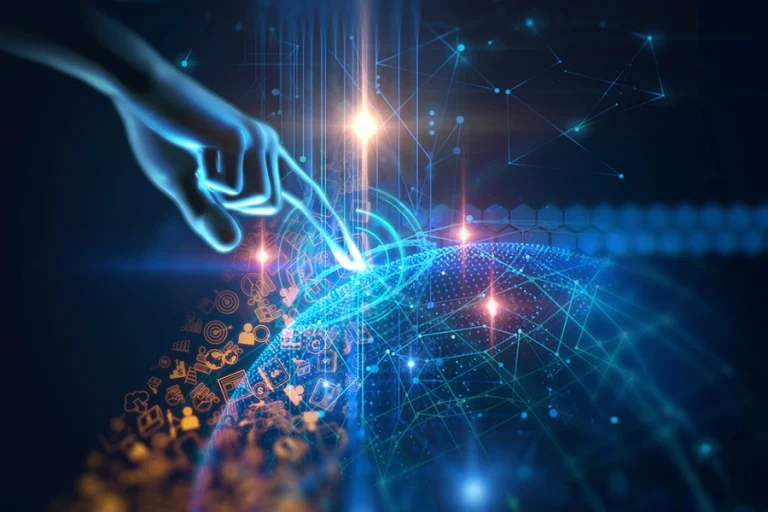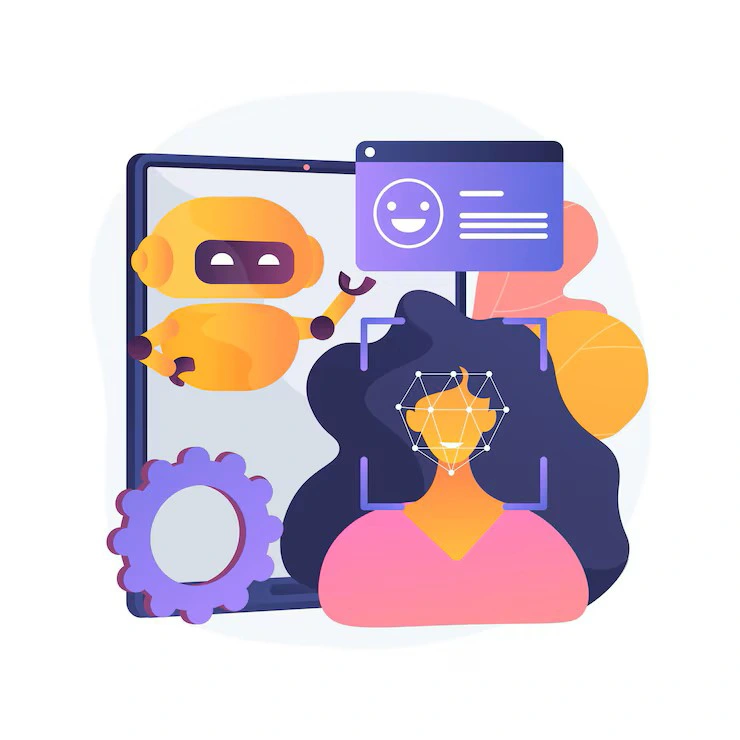The Voice of the Future: Human-AI Synergy in Customer Interactions

Contact centres thrive on voice—customers dial in expecting clarity and care. But as technology evolves, AI’s role grows, sparking a debate: human or machine? Research shows customers prefer human voices in IVR systems for their warmth, yet AI offers unmatched efficiency. Add the push for human-agent collaboration and emerging trends like video chat, and a hybrid future emerges. This article blends these insights to propose a synergy where AI and humans team up, balancing cost, scalability, and satisfaction in customer interactions.
Studies comparing human and AI voices in IVR systems reveal a truth: tone matters. Robotic replies feel sterile, while human voices convey empathy—crucial when frustration brews. Yet, AI’s potential isn’t dismissed—practical applications like Conversational AI can handle rote queries fast, cutting queues. The case for collaboration is clear: AI should support, not supplant, agents, freeing them for moments needing a human touch. Trends reinforce this—video chat’s rise signals customers want richer engagement, beyond voice alone. Together, these point to a model where tech and people play to their strengths.
The synergy works like this: AI fields the mundane—password resets, balance checks—while humans tackle nuance—angry callers, complex complaints. Voice remains key, but video adds depth; a customer seeing an agent’s smile feels heard. AI’s realism matters—stilted bots jar, so it must sound natural, not replace the human. This balance scales—more calls handled, fewer agents stretched thin—while keeping CX personal. It’s not pie-in-the-sky; it’s doable now, with the right plan.
Here’s a phased implementation plan for hybrid voice-visual systems:
- Phase 1: AI Voice Basics (0-3 Months)
- Deploy Conversational AI for simple queries—e.g., “What’s my bill?”—using natural voice tech.
- Test call volume drop; aim for 20% fewer agent-handled basics.
- Phase 2: Human Escalation (3-6 Months)
- Add AI triggers—e.g., “I’m upset”—to route calls to agents trained in empathy.
- Measure satisfaction; tweak triggers if scores dip.
- Phase 3: Video Integration (6-12 Months)
- Roll out video chat for high-value or visual issues—e.g., product demos.
- Train agents on camera skills; track uptake versus voice.
- Phase 4: Scale and Refine (12+ Months)
- Expand AI to filter video calls; analyse data to optimise agent load.
- Goal: 30% cost savings, 15% CX boost.
Picture this: Tom calls about a faulty gadget. AI greets him, voice smooth—“Let’s check your order”—and resolves it in 30 seconds. Next, Priya calls, furious over a billing error. AI detects her tone, switches to an agent, Lisa, who says, “I’m sorry this happened—let’s fix it.” Priya opts for video; Lisa shares her screen, calming her with visuals. Tom’s quick; Priya’s cared for—both win. Without synergy, Tom waits, Priya fumes—costs rise, satisfaction falls.
The gains are real. AI cuts grunt work—data shows basic queries drop agent time by half. Human touch lifts CX—voice preference proves it—while video meets 2025’s visual trend, delighting younger callers. Collaboration reduces burnout; agents focus on impact, not monotony. Compare this to AI-only setups: customers feel ignored, churn climbs. Or human-only: costs soar, scalability stalls.
Trends demand this shift—video’s growth won’t wait. Practical AI makes it affordable—start with voice, add video as uptake rises. Data tracks success: lower hold times, higher scores. It’s not about choosing human or AI; it’s both, timed right. By 2025, centres mastering this synergy will lead—efficient yet warm, scalable yet personal.
Sources:
- “Humans or AI?” (Contact Centre Pipeline, January 2025)
- “How to Enhance the Human Touch” (Contact Centre Pipeline, January 2025)
- “Getting Past the AI Hype” (Contact Centre Pipeline, January 2025)
- “The Three Key Customer Service Trends” (Contact Centre Pipeline, March 2025)


